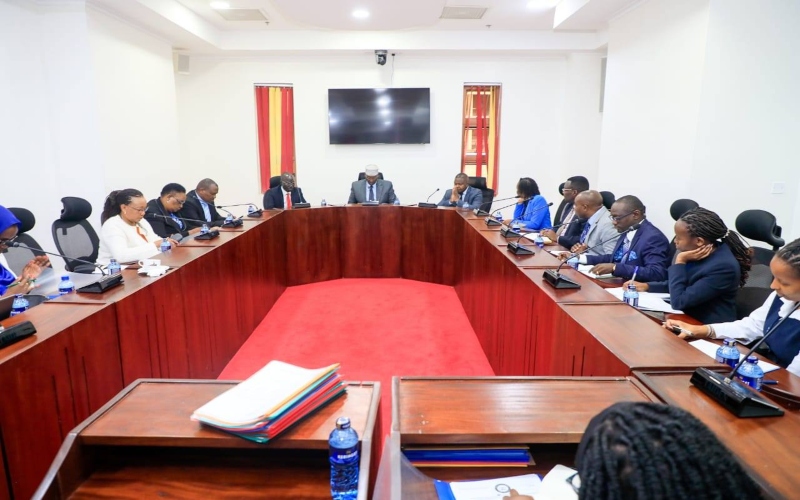Shimba Hills gets 10-year conservation blueprint to safeguard ecosystem

The plan introduces zoning measures to protect fragile areas, addresses threats such as illegal logging, forest fires, and human-wildlife conflict, and seeks to restore degraded portions of the forest.
The Shimba Hills ecosystem in Kwale County is now covered by a 10-year management plan (2023–2033), launched by the Kenya Forest Service (KFS), Kenya Wildlife Service (KWS), and World Wide Fund for Nature Kenya (WWF-Kenya).
The plan aims to protect the forests, rivers, and wildlife while involving local communities in conservation and sustainable management.
More To Read
- KWS rolls out new ‘KWSPay’ system for seamless park payments
- Kwale gears up for International Cycling Event, eyes tourism boost
- 11 dead as plane crashes shortly after takeoff in Diani, Kwale
- Government gazettes transfer of Amboseli National Park management to Kajiado County
- Kwale’s marginalised communities seek recognition, fair treatment
- KWS rescues cheetah cub raised by woman in Garissa
Spanning more than 25,900 hectares, Shimba Hills comprises four forest blocks that form the source of eight rivers, supplying water to local communities and the wider county.
The plan introduces zoning measures to protect fragile areas, addresses threats such as illegal logging, forest fires, and human-wildlife conflict, and seeks to restore degraded portions of the forest.
Speaking at the event, Dr. Clement Ngoriareng, on behalf of the Chief Conservator of Forests, Alex Lemarkoko, highlighted the role and involvement of local communities during the development of the plan.
Dr. Ngoriareng noted that the service will work to restore degraded forest areas as part of efforts to attain 30 per cent tree cover by 2032.
"The Service is fully committed to fulfilling its role in the implementation of the plan," he emphasised.
In a speech delivered on behalf of Governor Fatuma Achani, it was noted that the Kwale County Government is consistently working towards creating an enabling environment for conservation and ensuring that development is fully aligned with sustainability.
The launch was attended by KWS Board Chair Lt. Gen. (Rtd) Walter Koipaton, KWS Director General Prof. Erastus Kanga, WWF-Kenya Conservation Director Jackson Kiplagat, Kwale County Commissioner Stephen Orinde, WRTI Kenya CEO Dr. Patrick Omondi, and Members of the County Assembly, among others.
Structured around ecosystem resilience, community–conservation synergy, and innovation through partnerships, the plan aligns with Kenya’s Vision 2030, the Sustainable Development Goals (SDGs), and the Convention on Biological Diversity.
With its double gazettement, Shimba Hills represents a unique ecosystem, which has been designated to ensure its sustainability and effective management.
Top Stories Today











































